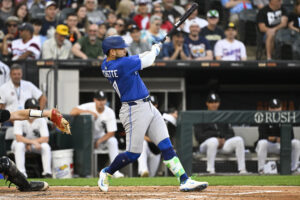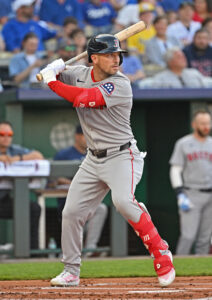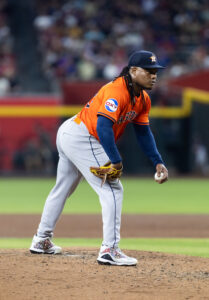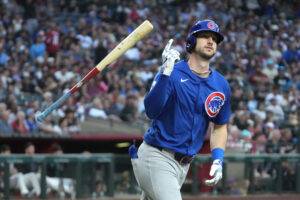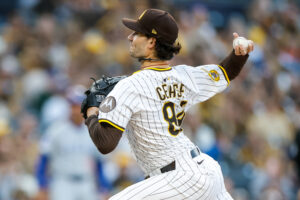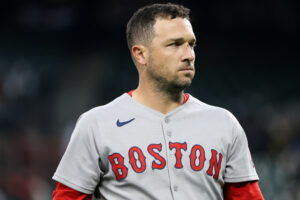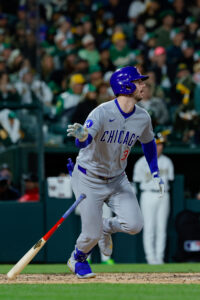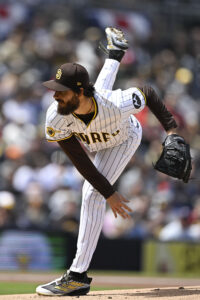The latest episode of the MLB Trade Rumors Podcast is now live on Spotify, Apple Podcasts, and wherever you get your podcasts! Make sure you subscribe as well! You can also use the player at this link to listen, if you don’t use Spotify or Apple for podcasts.
This week, host Darragh McDonald is joined by Steve Adams of MLB Trade Rumors to discuss…
- The August Edition of MLBTR’s 2025-26 Free Agent Power Rankings (1:05)
- The upcoming free agency of Dylan Cease (2:15)
- The upcoming free agency of Brandon Woodruff (5:35)
- The upcoming opt-out of Lucas Giolito (12:50)
- The upcoming opt-out of Edwin Díaz (18:40)
- The upcoming free agency of Bo Bichette (24:25)
- The Red Sox signing Roman Anthony to an extension (31:55)
Plus, we answer your questions, including…
- Should Tigers fans be nervous? Is the club worse off going into next year? Should they trade Tarik Skubal this winter? (38:55)
- The Mets didn’t trade Mark Vientos at the deadline and Pete Alonso is trending towards opting out. Will the Mets move on from Alonso this time? (51:05)
- The teams that are considering six-man rotations, should they piggyback two of them in one game? (57:20)
Check out our past episodes!
- Sifting Through The Trade Deadline Deals – listen here
- Megapod Trade Deadline Preview – listen here
- David Robertson, Trade Chips For The O’s and A’s, And What The Rangers Could Do – listen here
The podcast intro and outro song “So Long” is provided courtesy of the band Showoff. Check out their Facebook page here!
Photo courtesy of Eric Hartline, Imagn Images


